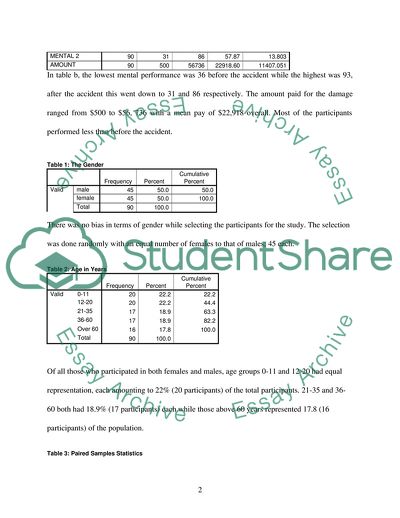Cite this document
(Analysis of Recovery of Patients with Brain Injuries Report, n.d.)
Analysis of Recovery of Patients with Brain Injuries Report. https://studentshare.org/health-sciences-medicine/1712265-presenting-results-of-analysed-data-set-using-appropriate-statistical-package-eg-spss
Analysis of Recovery of Patients with Brain Injuries Report. https://studentshare.org/health-sciences-medicine/1712265-presenting-results-of-analysed-data-set-using-appropriate-statistical-package-eg-spss
(Analysis of Recovery of Patients With Brain Injuries Report)
Analysis of Recovery of Patients With Brain Injuries Report. https://studentshare.org/health-sciences-medicine/1712265-presenting-results-of-analysed-data-set-using-appropriate-statistical-package-eg-spss.
Analysis of Recovery of Patients With Brain Injuries Report. https://studentshare.org/health-sciences-medicine/1712265-presenting-results-of-analysed-data-set-using-appropriate-statistical-package-eg-spss.
“Analysis of Recovery of Patients With Brain Injuries Report”. https://studentshare.org/health-sciences-medicine/1712265-presenting-results-of-analysed-data-set-using-appropriate-statistical-package-eg-spss.


